Discover which behavioral adaptations animals use to survive the winter with a set of Animals in Winter Clip Cards.
How Do Animals Survive in the Winter? Let’s Find Out!
Winter, a magical season where nature undergoes a chilly transformation, becomes an exciting science experience as students explore the survival strategies of animals in the Arctic tundra. From hibernation to migration, the winter habits of Arctic and Antarctic animals show off a fascinating world of animal adaptations. Turn your students into winter animal investigators with printable Animals in Winter Activities from Teach Starter!
Hibernate, Migrate, or Adapt? Clip Card Activity
Engage your students and set them to work as animal investigators when you provide them with our Animals in Winter Clip card resource pack. Students will investigate and find out how each of the 24 winter animals survives the winter. They will demonstrate their learning by clipping a clothes peg to the correct answer and checking for a prewritten star behind the correct answer.
To use, draw a star behind the correct answer on each card. We recommend laminating for durability. Then, place these cards and a basket of clothespins in the center of a table. Students can use informational books or computers with internet access to research each animal pictured and find out whether it hibernates, migrates, or adapts in order to survive the winter.
This activity pack includes a set of 24 printable clip cards, each featuring a picture of a well-known winter animal and an answer key. Should you prefer, you can number the cards and have students write their answers on a sheet of paper once they research each animal. You could also use this activity as a learning task for your students to participate in buddy lessons with students in kindergarten or first-grade classrooms.
Download and Print Your Winter Animal Adaptation Activity
Your new resource is at your fingertips! Use the dropdown icon on the Download button to choose between this resource’s PDF or Google Slides resource file.
This resource was created by Lindsey Phillips, a teacher in Michigan and Teach Starter Collaborator.
Don’t stop there! We’ve got more activities and resources that cut down on lesson planning time:
[resource:65597] [resource:5006291] [resource:5006322]
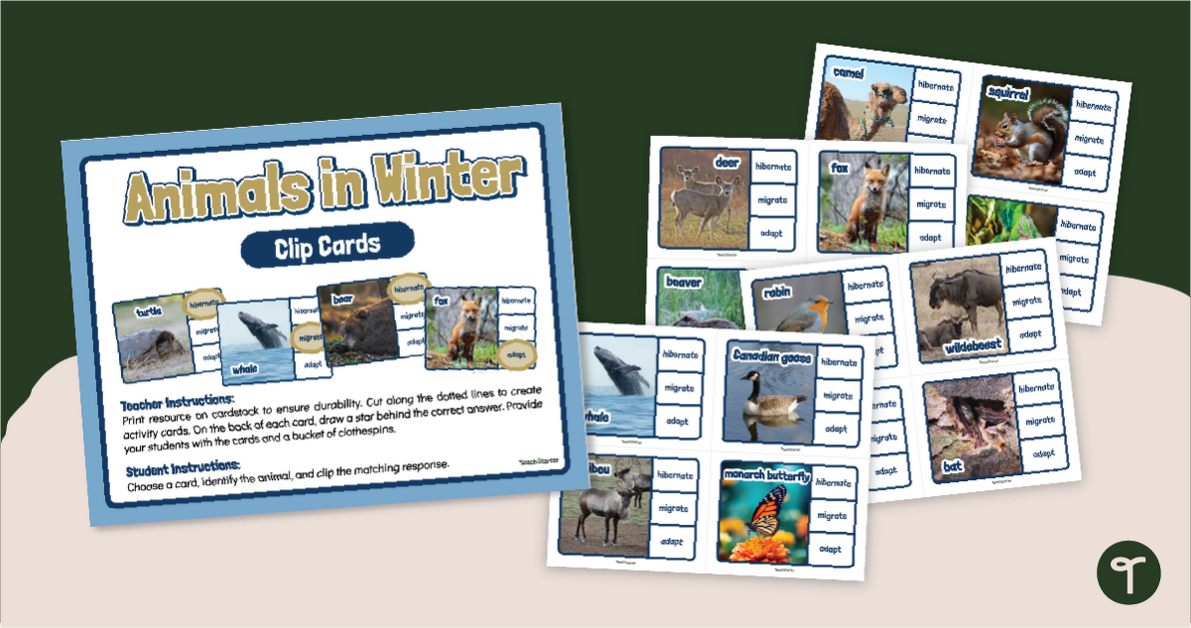

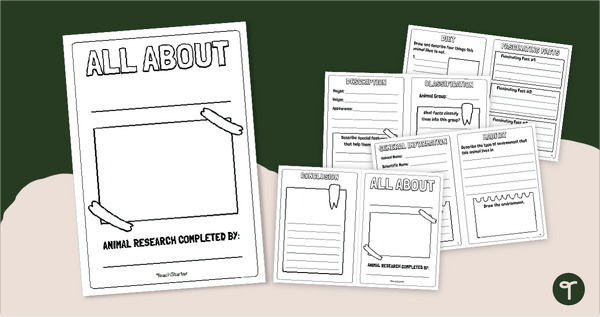

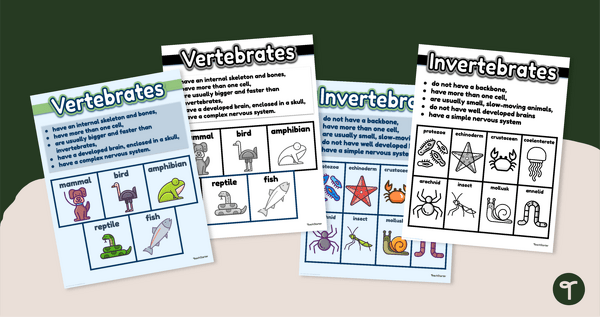
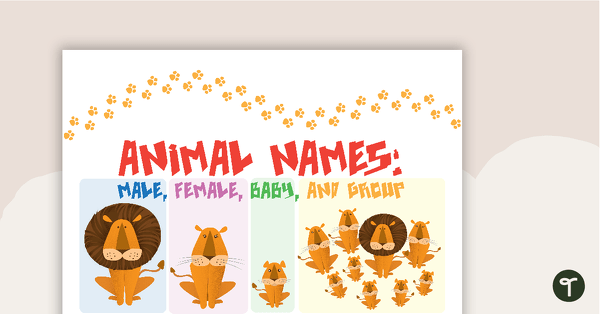
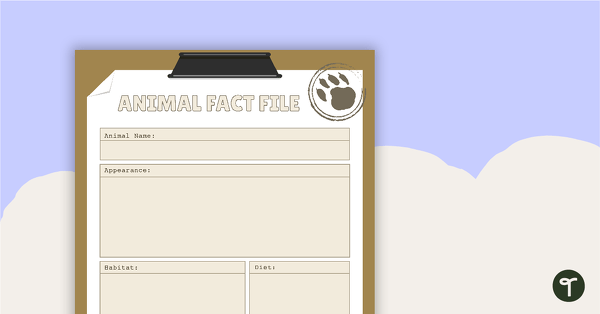
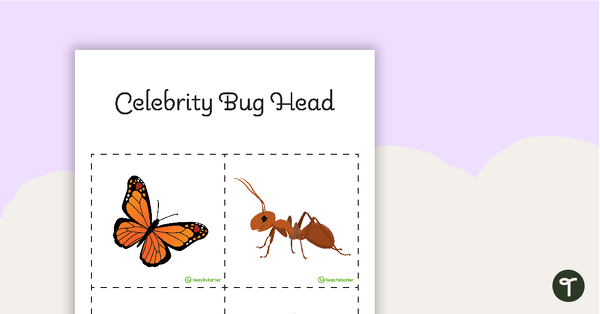
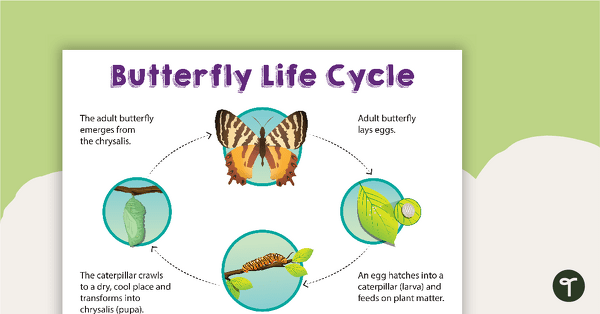

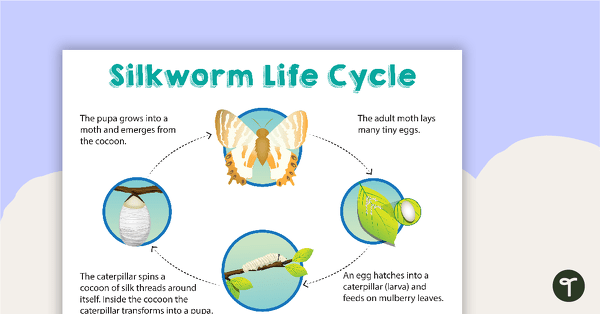
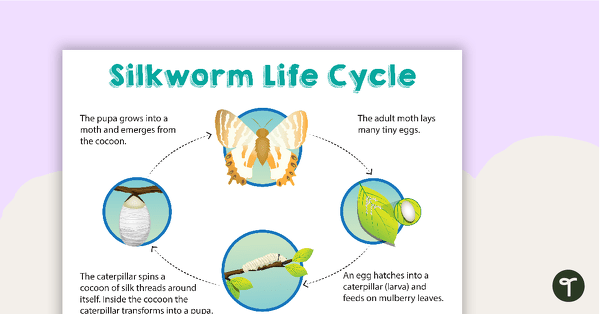
0 Comments
Write a review to help other teachers and parents like yourself. If you'd like to request a change to this resource, or report an error, select the corresponding tab above.